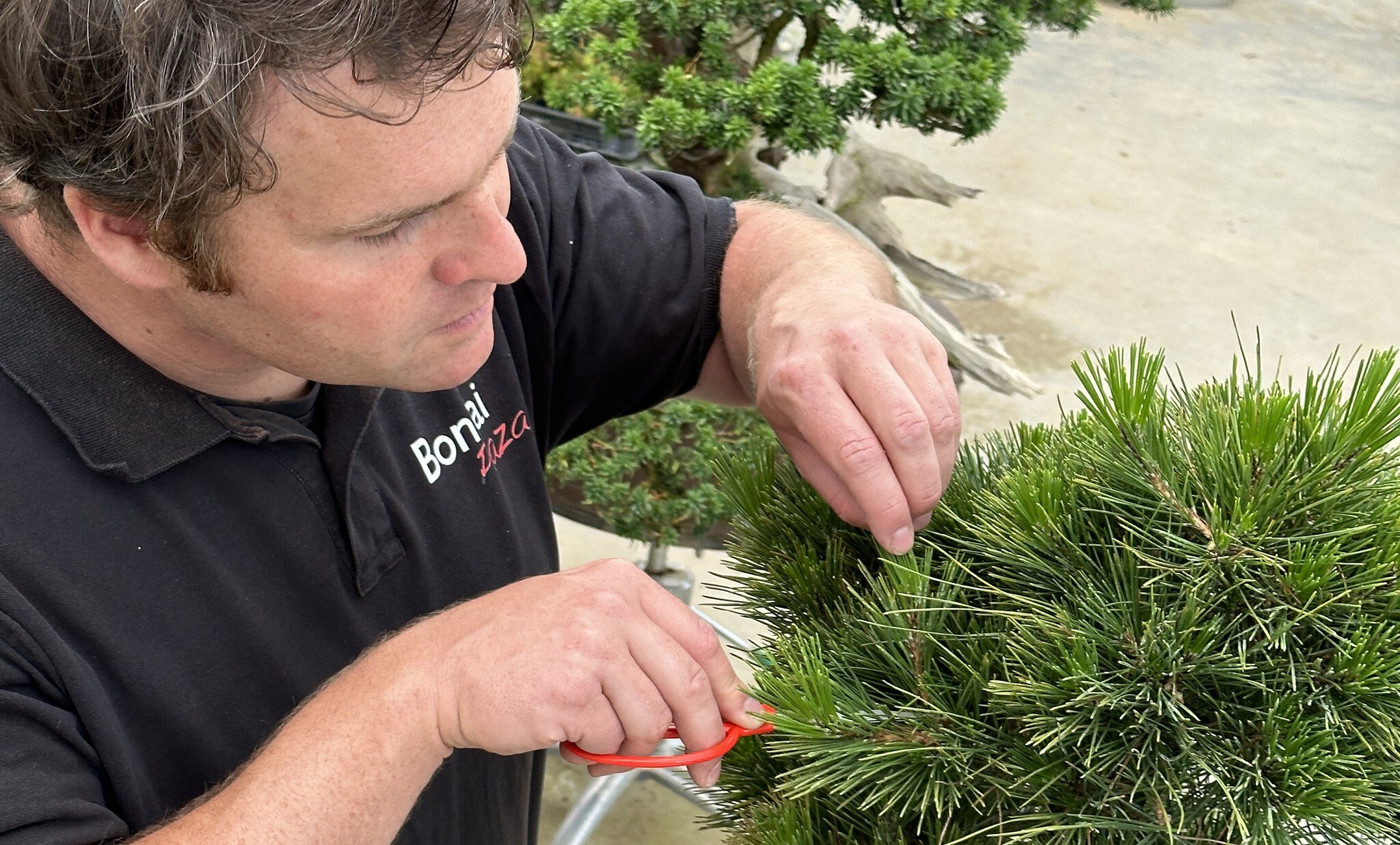Candle pruning: When and How to Trim Your Pine Bonsai Candles
When it comes to bonsai care, pruning is an essential technique to maintain the desired shape and size of the tree. However, pine bonsai trees have a slightly different pruning approach compared to other types of bonsai. Instead of traditional pruning, pine bonsai trees are often pruned using a technique known as "candle pruning." Candle pruning involves trimming the new growth of the tree, which appears as elongated candle-like structures.
The ideal time to perform candle pruning on pine bonsai trees is typically in late spring to early summer when the candles have fully elongated but have not yet hardened. This is usually around May or June, depending on your climate and the specific pine species.
Here's a step-by-step guide on how to perform candle pruning on your pine bonsai tree:
- Assess the tree: Examine your pine bonsai tree and identify the candles that need pruning. Look for candles that have elongated beyond the desired length or those that are growing in undesirable directions.
- Prepare the tools: Ensure you have the necessary tools, such as sharp bonsai shears or scissors, to make clean cuts. It's important to use sterilized tools to prevent the spread of diseases.
- Select the candles: Choose the candles you wish to prune. It's generally recommended to remove the stronger, larger candles completely and trim the weaker ones.
- Prune the candles: Hold the base of the candle gently and make a clean, precise cut with your shears or scissors. You should trim the candles back to a desired length, leaving behind some green foliage. Avoid cutting too close to the trunk as it may cause unnecessary stress to the tree.
- Optional decandling: In some pine species, more drastic pruning is performed known as "decandling." Decandling involves removing the entire elongated candle, including the needles. This technique promotes back-budding and encourages the growth of new, smaller candles. However, not all pine species respond well to decandling, so it's essential to research the specific requirements of your pine bonsai before attempting this technique.
- Post-pruning care: After candle pruning, make sure to provide your pine bonsai with appropriate care, including sufficient water, sunlight, and fertilization. Maintain regular bonsai care practices to ensure the health and vitality of your tree.
It's worth noting that the specific pruning techniques and timing may vary depending on the pine species you have. Some species, such as Japanese Black Pine (Pinus thunbergii) or Japanese White Pine (Pinus parviflora), respond normally well to candle pruning and decandling, while others may have different requirements. It's always a good idea to research the specific care guidelines for your particular pine bonsai species to ensure the best results.
In conclusion, candle pruning is a rewarding technique that allows you to shape and refine the beauty of your pine bonsai. As you embark on this journey of candle pruning, take your time and connect with your bonsai on a deeper level. Appreciate the delicate balance between precision and patience as you trim each candle with love and care. Embrace the uniqueness of your pine bonsai, for no two trees are exactly alike. Witness the transformation that unfolds as you prune and shape, witnessing the natural beauty of your bonsai emerge. With each gentle snip, you are not merely cutting away, but opening up new possibilities for growth and renewal.
Happy candle pruning, and may your pine bonsai thrive and inspire you for years to come!
Warmest regards,
Maarten and Jacqueline




